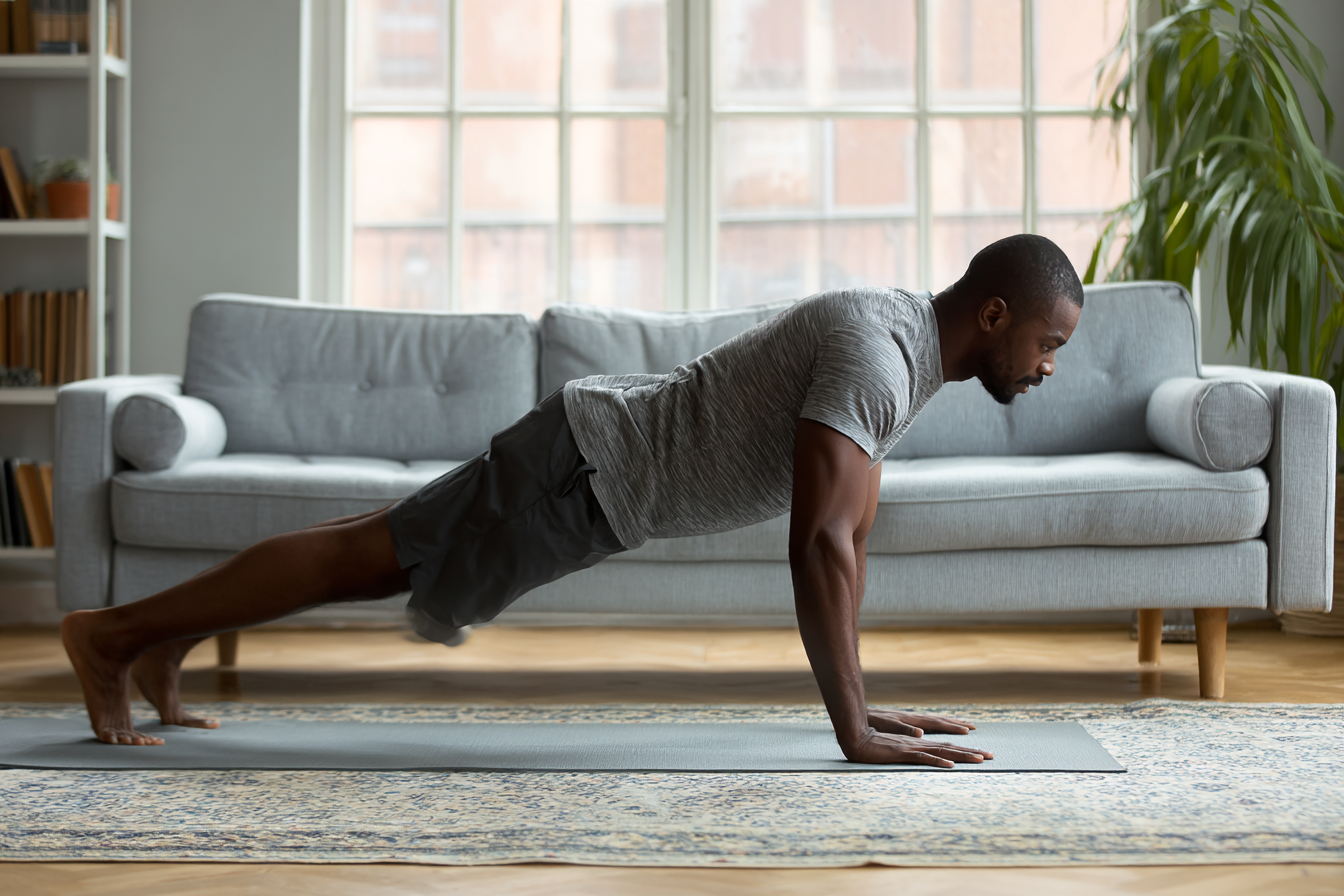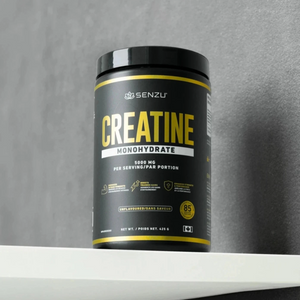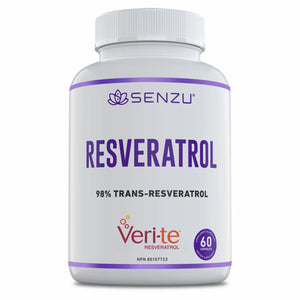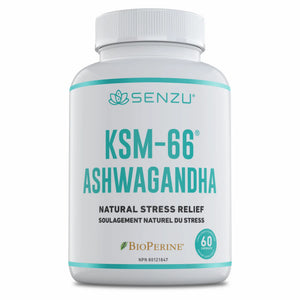Best Home Workouts When You Can’t Get to the Gym

When you can’t make it to the gym, you don’t have to hit pause on your fitness. Home workouts offer an effective, convenient, and affordable alternative. With minimal to no equipment, it’s possible to build strength, improve cardio endurance, enhance flexibility, and maintain wellness—all from your living room.
Here’s how to design a balanced home workout routine you’ll stick with consistently.
Why Home Workouts Work
Home workouts are effective because they offer accessibility, affordability, and efficiency:
-
Accessibility: There's no commute and no scheduling conflicts, just step onto your mat.

-
Affordability: You avoid gym fees and expensive gear.
-
Efficiency: A 20-minute session can be surprisingly intense and effective.
-
Variety: You can mix cardio, strength, and mobility in one session or across the week.
According to this Healthline guide to strength training at home, home routines can match gym workouts in building strength and boosting fitness if done properly.
Essential Gear and Setup
Space and Minimal Equipment
All you need is a small area, roughly the size of a yoga mat. Optional but useful items include resistance bands, dumbbells, a kettlebell, or a stability ball.
Tech Support
Leverage fitness apps and YouTube workouts like those from Fitness Blender. Try interval timers for HIIT sessions or circuits—free tools like Tabata apps or built-in smartphone timers work well.
Warm-Up Guidelines
Always dedicate 5–10 minutes to warm up your body (for example, light cardio and dynamic stretches) to prevent injury and improve performance.
1. Full-Body Circuit Training

These routines combine cardio, strength, and endurance into a single session using circuit-style training.
Sample circuit (repeat 3 times):
-
Jumping jacks – 45 seconds
-
Bodyweight squats – 15 reps
-
Push-ups – 10–15 reps
-
Plank – 45 seconds
-
Mountain climbers – 30 seconds
According to ACE Fitness, circuit training is effective for developing endurance, strength, and heart health—even in short sessions.
2. Bodyweight Strength Training

You don’t need a TRX or kettlebells to build strength—bodyweight alone can be powerful.
Key movements:
-
Squats, lunges, and step-ups
-
Push-ups (progressing from wall to knee to standard)
-
Glute bridges or hip thrusts
-
Chair-supported triceps dips
-
Bird-dogs and side planks for core support
Create 3–4 sets of 8–15 reps, focus on form, then progressively add reps or reduce rest to increase challenge. The method of progressive overload applies even without weights, and Verywell Fit offers excellent guidance on this principle at home.
3. Cardio & HIIT Sessions
Boost your heart rate and burn calories quickly with interval-based cardio routines:
Sample HIIT format:
-
30 seconds high knees or burpees
-
30 seconds rest
-
30 seconds jump squats or butt kicks
-
30 seconds rest
Repeat for 10–15 minutes.
As noted in Mayo Clinic’s article on HIIT benefits, this method is time-efficient, cardiovascularly beneficial, and ideal for home workouts.
4. Core Stability Workouts

A strong core supports posture, athletic performance, and everyday movement.
Core moves to try:
-
Standard and side planks
-
Dead bugs and hollow holds
-
Bicycle crunches and leg raises
-
Superman pulls (lying face down lift)
Pair these with strength or full-body workouts twice a week for well-rounded development.
5. Flexibility & Mobility Workouts
Recovery is critical: improved mobility enhances performance and reduces soreness.
Choose from:
-
Yoga flows like sun salutations or gentle yin sequences
-
Dynamic stretching, such as leg swings or hip openers
-
Foam rolling if you have access to a foam roller
Women’s Health offers a helpful beginner’s guide to foam rolling at home to support recovery and mobility.
Why These Workouts Deliver Results
Home workouts are effective because:
-
They combine strength and cardio for efficiency
-
They use functional movements to work multiple muscle groups
-
They are accessible (no gym required) and scalable (reps, sets, tempo)
-
They fit easily into busy schedules, fostering consistency
As Fitness & Health sources suggest, saving time and maintaining routine are two of the biggest motivators for people who succeed with at-home workouts.
Tips to Stay Consistent
-
Schedule workouts like appointments, not tasks
-
Workout with friends virtually or join challenges
-
Track your progress, even if it’s just noting reps or time
-
Mix things up, rotate routines weekly to stay engaged
-
Set micro-goals (learning a new movement, holding a plank longer)
Skipping the gym doesn’t mean sacrificing fitness. With a bit of planning and discipline, home workouts can be just as challenging and rewarding. Whether you start with a 20-minute circuit or a focused bodyweight session, the key is consistency.
Choose your routine, set a schedule, and trust that your home is full of possibilities for maintaining strength, energy, and overall wellness—even when the gym isn’t an option.
Conclusion
Skipping the gym doesn’t mean sacrificing fitness. With a bit of planning and discipline, home workouts can be just as challenging and rewarding. Whether you start with a 20-minute circuit or a focused bodyweight session, the key is consistency.
Choose your routine, set a schedule, and trust that your home is full of possibilities for maintaining strength, energy, and overall wellness—even when the gym isn’t an option.

















